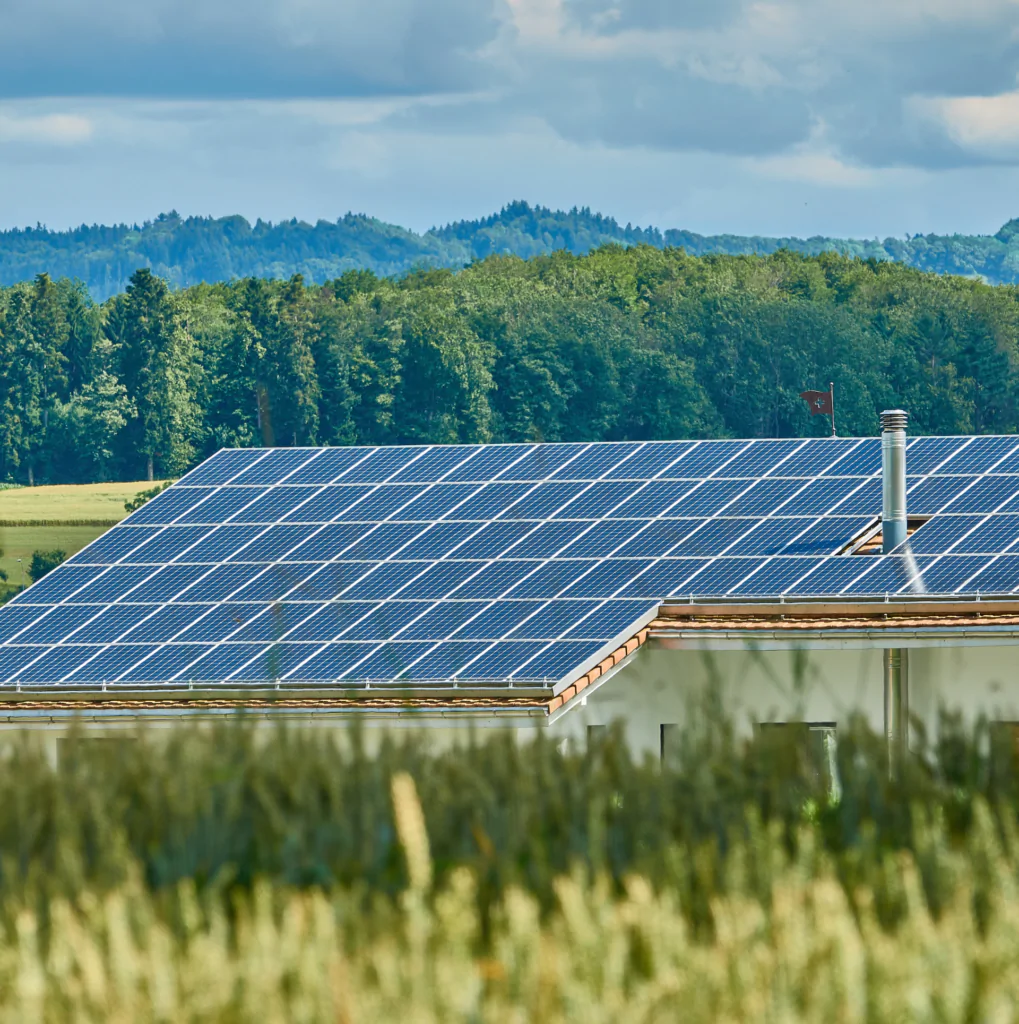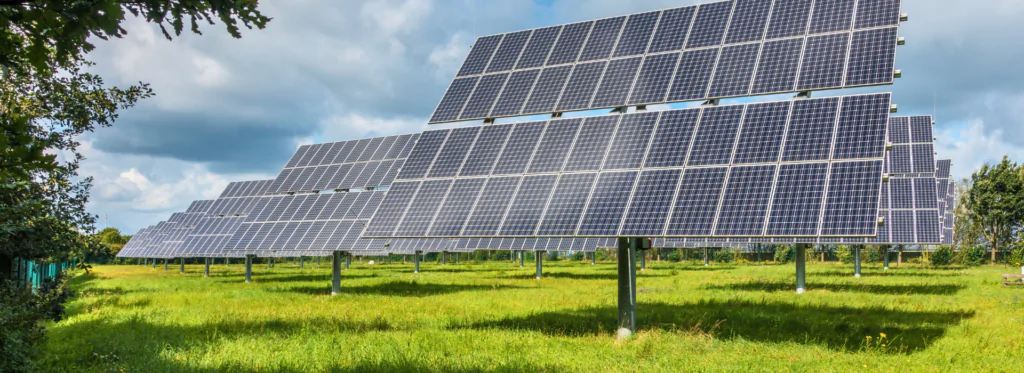Foundation engineering is the backbone of any solar installation, ensuring that structures remain stable, durable, and capable of withstanding environmental stresses. It involves detailed site analysis, soil assessment, load calculations, and foundation design to optimize structural integrity. A well-engineered foundation enhances the lifespan and performance of solar projects, minimizing risks and maintenance costs.
Process and Methodology
Foundation engineering begins with a thorough geotechnical analysis to determine soil properties, load-bearing capacity, and environmental factors. Engineers then design customized foundation solutions—such as rammed piles, screw anchors, or hybrid systems—based on the project’s unique requirements. Advanced modeling and simulations ensure precise execution and long-term reliability.


Key Benefits
- Optimized Structural Strength
- Ensures solar installations remain secure against wind loads, seismic activity, and soil movement.
- Tailored engineering approaches enhance overall project durability.
- Site-Specific Design Solutions
- Adaptable to different soil types, including rocky, sandy, or clay-based terrains.
- Selection of the most suitable foundation type for cost and performance efficiency.
- Enhanced Project Longevity
- Proper load distribution prevents foundation failure and reduces long-term maintenance.
- Resistant to environmental degradation, ensuring extended operational life.
- Cost-Effective and Efficient Execution
- Minimizes material waste and unnecessary excavation, reducing project costs.
- Streamlined installation methods improve construction speed and accuracy.
- Sustainability and Environmental Considerations
- Low-impact foundation solutions preserve land integrity.
- Reusable and recyclable materials align with eco-friendly construction practices.

Ideal Applications
- Large-scale solar farms
- Challenging terrains requiring specialized foundation solutions
- Sites with strict regulatory and environmental compliance requirements
Foundation engineering is a crucial aspect of solar infrastructure, providing the necessary stability and efficiency for long-term energy production. By integrating advanced techniques and innovative designs, it ensures that solar projects perform optimally under diverse conditions.


